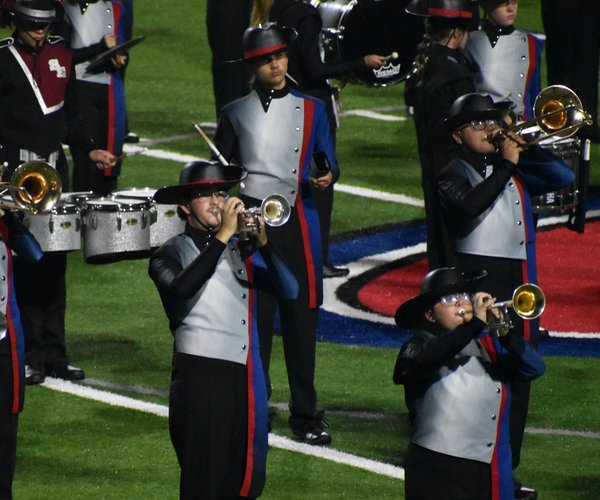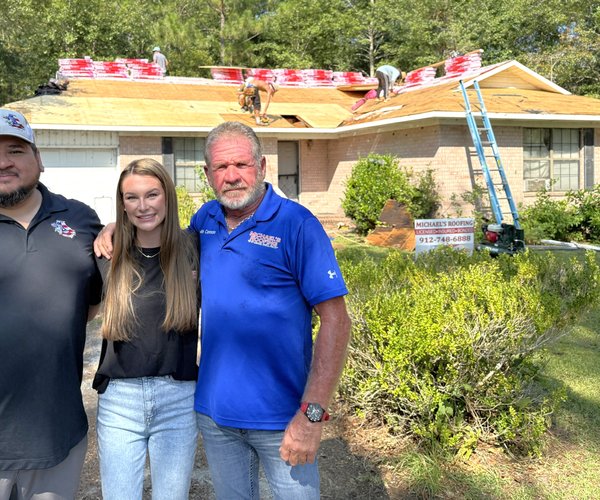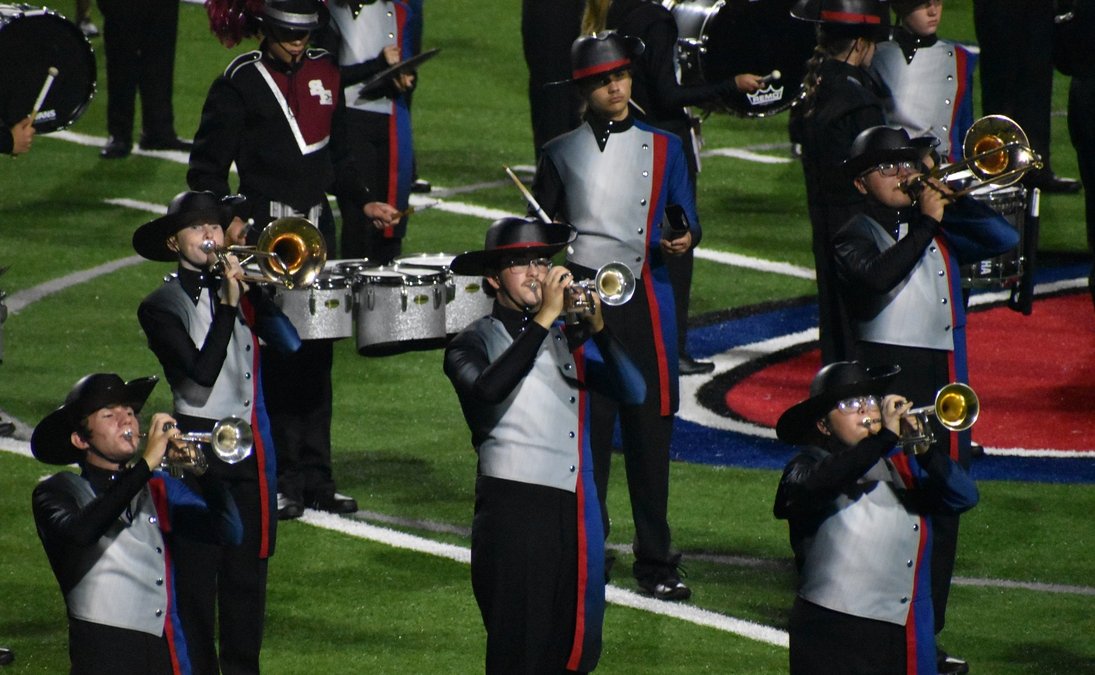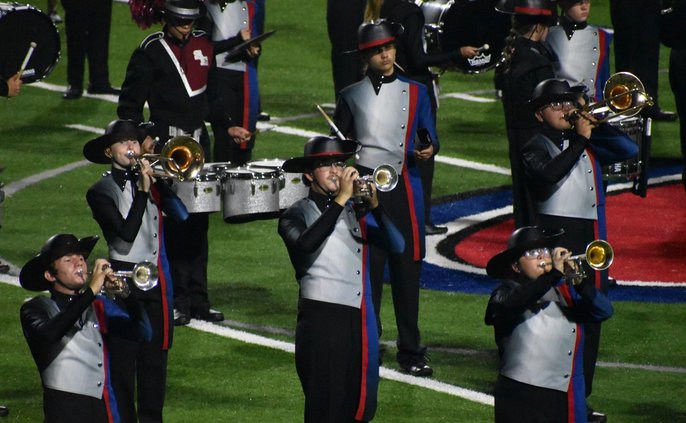Special to the Herald
SOCIAL CIRCLE – Bald eagle surveys in Georgia revealed the iconic raptors nesting and fledging young at healthy rates this year, including in coastal areas where avian influenza hammered eagles last spring.
Survey leader Dr. Bob Sargent of the state Department of Natural Resources said nesting success was average to above-average in areas surveyed. Sargent, a program manager with DNR’s Wildlife Conservation Section, called the findings “excellent,” especially considering the toll that highly pathogenic avian influenza took nationwide on bald eagles, black vultures and many other bird species last year.
"Last year’s exceptionally poor nesting results on the coast, as well as the lower-than-usual success rate in southwest Georgia, was worrisome because those areas combine for about 85 percent of our known eagle nests,” he said. “The comeback of the bald eagle in Georgia is a great conservation success story, but the species is listed as threatened in the state and if high nest failures continued they could chip away at population gains. I’m pleased to see the nest success rates rebound this year.”
Although survey flights this year covered less territory than the once-every-five-years statewide survey in 2022, they still recorded 198 nest territories. Of those, 150 were successful, fledging 232 eagles. Accounting for nests not monitored, the totals suggest Georgia has maintained over 200 nest territories a year since 2015 and the number of eagles nesting has continued to increase, according to Sargent.
DNR monitors eagle nesting by helicopter twice a year, splitting the state into five sections for surveys. The coast is surveyed annually. The other areas are checked at least every other year. Flights in January and February mark nests in use. Follow-ups in March and April help gauge how the nests fared.
The 2023 survey included southwest Georgia, the coastal counties and barrier islands, the Oconee and Ocmulgee river corridors in north-central Georgia, and a few reservoirs southeast of Atlanta.
Sargent said he sighed in relief when it became clear that nest success rates, especially on the coast, would register within normal ranges. In April 2022, DNR announced that highly pathogenic avian influenza – the viral disease dubbed bird flu – had ravaged bald eagles on the coast, home to about a third of Georgia’s eagle nests. Nest success there dropped about 30 percent last year. Fewer than half of the nests fledged even one eagle.
However, no influenza-positive cases have been reported in bald eagles in Georgia for more than a year, and there have been no cases in other species for about four months, according to Sargent. The virus also caused substantial die offs at black vulture roosts in 2022.
“I did see dead eaglets in two coastal nests in March this year, which is unusual and suggests the virus might still linger in some hotspots, but that’s certainly not a definitive conclusion,” he said.
Eaglets die from many causes, including illness, starvation and predation by great horned owls; but predators and scavengers usually remove those carcasses or the eaglets fall out of the nest.
Nest success rates charted in this year’s survey rated from average in southwest Georgia (75 percent) and on the coast (73 percent) to above average (83 percent) in the area bounded by Athens to the northeast, Atlanta to the northwest and Macon to the south.
The 232 eagles fledged, almost 1.6 young per nest, is slightly more than the state’s long-term average. In comparison, last year’s record 229 nest territories fledged 227 eagles from 146 successful nests.
On the coast, the 81 nest territories recorded measured notably higher than average. The total in 2022 was 73 territories. Nesting success this year rated average at 1.5 young per nest. But the 89 eaglets fledged from 59 coastal nests far exceeds the 50 eaglets fledged from only 34 successful nests last year.
The survey also documented 92 nest territories in southwest Georgia, which is comparable to the 96 in 2022. Sixty-nine of this year’s nests fledged young. The better-than-average 1.6 eaglets per nest (113 eaglets fledged) topped the 1.5 eaglets per nest from 62 successful nests in the region in 2022.
“The nest success on the coast and in southwest Georgia are a reminder of the importance of not overreacting to a poor nest success year,” Sargent said. “Severe weather in early to mid-winter, viral outbreaks and other problems that seem like calamities at the time can result in poor reproductive years. But eagles are resilient, and have bounced back from far worse population-level challenges.”
The bald eagle has rebounded in Georgia and across the species’ range. Factors feeding that recovery include a U.S. ban on DDT use in 1972, habitat improvements after enactment of the federal Clean Water and Clean Air acts, protection through the Endangered Species Act, increased public awareness, restoration of local populations through release programs, and forest regrowth.
How the public can help eagles
Following a steep decline in the eagle population in Georgia, the state went from no known successful nests during most of the 1970s to one in 1981, 48 by 2001, and more than 200 today.
The public is encouraged to report eagle nests via www.georgiawildlife.com/conservation/eaglenest, by calling (478) 994-1438, or by email to: bob.sargent@dnr.ga.gov.
Such reports typically lead to the discovery of ten to 15 new nests a year. (Tip: Osprey nests are sometimes confused with eagles. Learn more at https://georgiawildlife.com/bald-eagle.)
DNR works with landowners to help protect bald eagle nests on private property. Although delisted from the Endangered Species Act in 2007, eagles are protected by the Bald and Golden Eagle Protection Act, the Migratory Bird Treaty Act, and state law. In Georgia, the species is classified as threatened.
The surveys of these birds are part of DNR Wildlife Conservation Section’s mission to conserve nongame wildlife – native animals not legally hunted or fished for – and native plants and natural habitats.
The conservation of bald eagles is supported in part by people who buy an eagle or monarch license plate or renew these or the older hummingbird designs. The tags cost $25 more than a standard license plate and $19 of each purchase and $20 of each annual renewal goes to help conserve eagles and hundreds of other Georgia plant and animal species listed as species of conservation concern.








